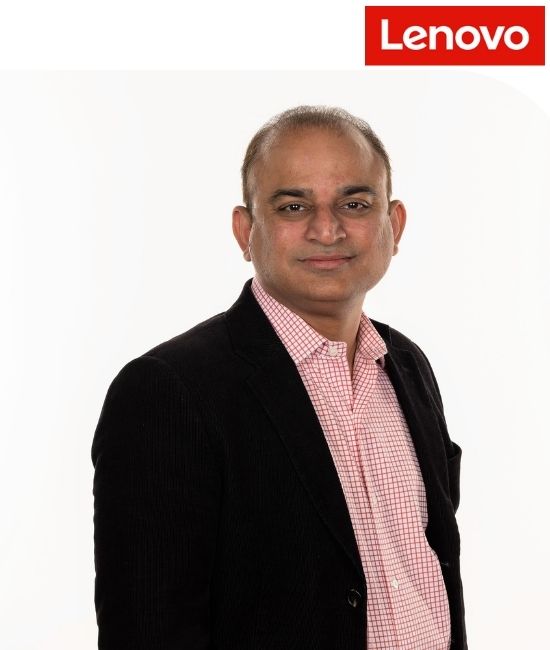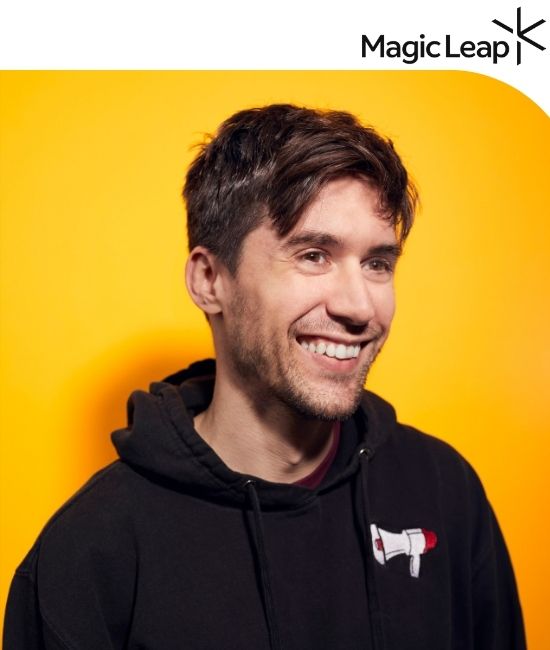11:10 AM - 11:35 AM
Description
Introducing a new technology into an organization is always a challenge- funding it, building it and operationalizing it, even more so. This is especially true when the perception is that it could make existing skillsets obsolete.
The creation of 3D content involves new workstreams and new stakeholders, but the aesthetic sensibilities and consumer insights needed to engage customers remain unchanged. The impact of curation and storytelling will never fall away. We need the talent we have today- most of whom have never leveraged 3D assets in their work.
Emotional intelligence has a place on your technology roadmap. It’s a big LOE, of course, but baking it in means you’ll spend a lot less time dragging colleagues into the future kicking and screaming. (Not literally, of course.)
The process is rooted in this basic truth; We need one another.
Speakers

Related Sessions
11:00 AM - 11:25 AM
Description
Join Vishal Shah, GM of ThinkReality at Lenovo and learn how the ThinkReality platform is making it easier for customers to scale into the enterprise Metaverse. From hardware to software and solutions, see how practical and proven tools today can lead to a successful onramp into the enterprise Metaverse of tomorrow.
Speakers

11:30 AM - 11:55 AM
Description
Many enterprises already realized use cases, in which immersive technologies generate added value. One of the key questions is still how to roll out these use case across the company at a large scale. The usage of complex data, visual quality of content, security aspects as well as the infrastructural base are challenges. Philipp Landgraf (Holo-Light) and Terry Schussler (Telekom) explain, how XR streaming and 5G solutions, such as managed latency, help to increase quality, reliability, and ultimately large rollouts of XR solutions.
Speakers


01:25 PM - 01:50 PM
Description
As companies scramble to define what "hybrid work" looks like for their workforce, the first real use cases of photorealistic-quality, real-time holograms are helping organizations bridge a vital engagement gap in team collaboration. Allowing participants to interact in ways previously only possible in-person, this 3D technology also enables content sharing of both physical objects and 3D files, which allows users to simultaneously interact with the presenter and the content without being forced to focus on one experience at the detriment of the other.
This session will describe the first real world examples of how this innovative technology is being used by companies today. You will hear about a leading medical device manufacturer using 3D holograms in training scenarios for surgeons, as well as McLaren Racing, which is using it as a powerful tool for their design engineers, drivers and crews - rather than flying a technician to the racing team or explaining procedures through flat images, they can now immediately show an engine component from every angle, convey sizing, and instruct on assembly and usage as if they were in person – all while saving countless hours in travel time.
Speakers

01:55 PM - 02:20 PM
Description
A frontline look at the challenges companies are facing as they go from dozens of VR and AR headsets to scaling thousands, and why legacy mobile device management solutions (MDMs) aren’t working for them.
Speakers

02:25 PM - 02:50 PM
Description
There is a lot to be excited about Magic Leap 2. ML2 has industry-leading optics for best-in-class image quality. A 70° field of view delivers an expansive digital workspace. While pioneering dynamic dimming capabilities boost the solidity of digital content in bright environments. Enterprise-ready, light as a pair of headphones, and ergonomically designed to support modern Manufacturing, Health, Defense, and more.
During this talk, dive into the "WildFire" demo with Ash Shah– our latest ML2 demo available to experience at the Magic Leap booth 305.
As Magic Leap recently started the early access program for enterprise partners, the company is starting to develop tools for developers, take a look at the design process that led to the creation of the unity keyboard with Alessio Grancini.
Speakers

